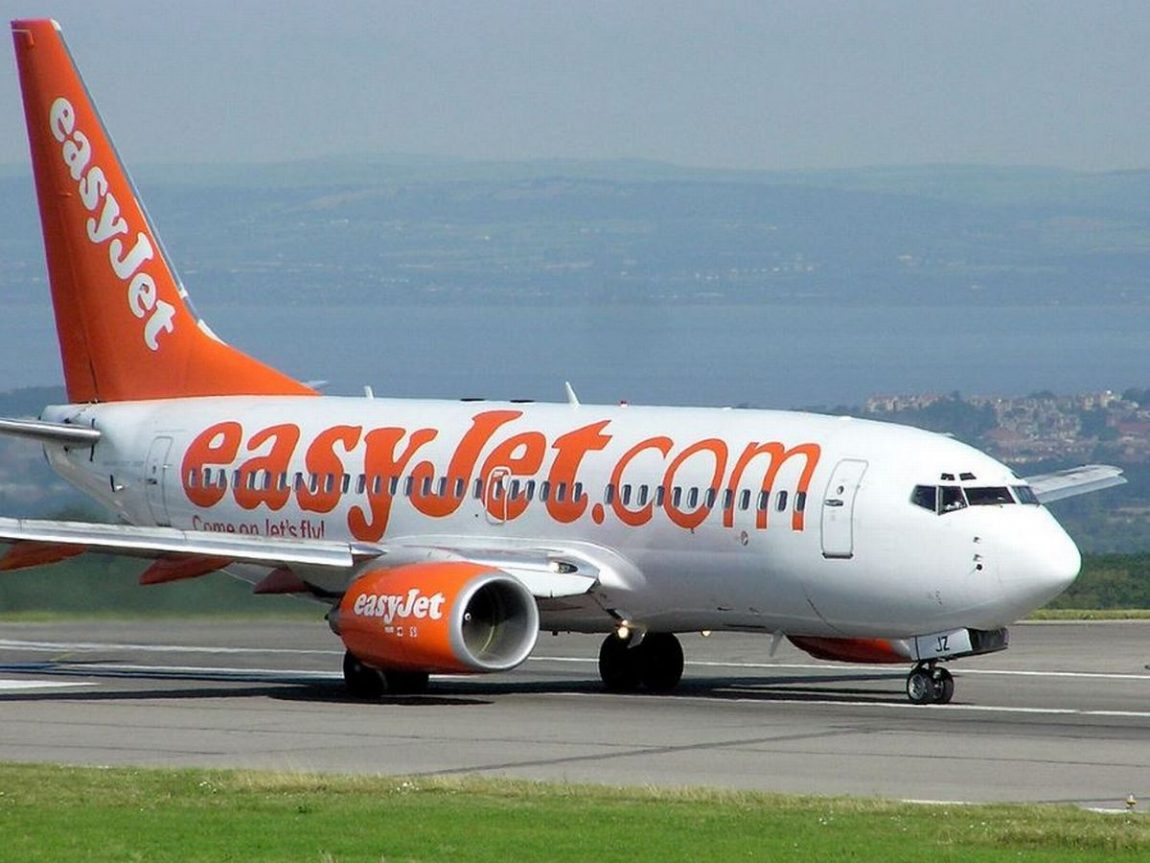Key points:
- Easyjet, along with other airlines, is recovering from lockdowns, as we knew they would
- Easyjet’s trading announcement today gives figures much as the market expected
- There’s a possible way to discover what comes next though
- Hedge Funds Lose Millions On IAG, Easyjet, Wizz Air Short Trades
Easyjet PLC (LON: EZJ) shares are up 0.6% on the back of their trading announcement today. Such a lack of reaction shows that the results are largely in line with market expectations.
Easyjet's capacity onsale (the number of flights they’re trying to sell) is still below pre-covid numbers but obviously well up on lockdown numbers. Load factors (what percentage of seats on sale actually sell) are returning to pre-covid levels. As demand increases, they’ll be ramping up the capacity to meet it.
This autumn quarter shows a loss but then that’s likely true anyway. Easyjet is structured to be able to make the most of summer demand and that does mean carrying overheads during the quieter winter months – it’s annual numbers that matter, not quarterly that is.

Also Read: The Best Travel Stocks To Buy
After the disaster of lockdowns Easyjet is looking pretty good that is. It has survived – not something which all European short-haul airlines have done – and while it has had to take on debt to do so levels aren’t alarmingly high.
The big question becomes well, what are we all going to do? Are we going to go back to taking those short-haul and short term breaks as we used to? Are summer hols going to be by the Med or have we decided that Blackpool and Skegness will do us proud?
That’s really what the big question is. How is our behaviour going to change now that we’ve sampled the joys of lockdown? Do we redouble our travel? Stick with our new habits?
In order to be able to evaluate the Easyjet share price we desire to have some method of advance – before their published results – knowledge of this. And there’s an interesting little note to aid us with this.
To a reasonable extent an airline like Easyjet faces wholly fixed costs. For any given level of seats offered for sale that is – sure, they can expand capacity by adding more flights at more cost. It is revenues which vary wildly. Those £9.99 tickets when the ‘planes are empty that are £150 and up when they’re full. Note how this interacts with fixed costs – of course, they’re not entirely fixed but as a modelling exercise we can assume they are for a moment. A rise in the price that can be charged per ticket or journey feeds directly through to the bottom line.
Easyjet’s results are hugely geared to the load factor that is. For not only is a high load factor a sign that they’re selling all their stock, it also increases the price at which each piece of the stock can be sold. It’s not just selling 90% (or whatever) of the seats on offer, it’s that the price for each seat rises when load factors hit 90% and up.
If only we could work out what the load factor is in advance of published results – which we can. Because we can look at the Easyjet website and see what ticket prices are. If high load factors increase ticket prices then high ticket prices are telling us that load factors are high. We’ve now closed the loop and gained ourselves a forward-looking indicator of what the next Easyjet results are likely to be.
Is it expensive to fly on Easyjet this quarter? If yes, then the load factor at Easyjet is high and the results will likely be good this quarter.
It would be wrong to insist that this is the only indicator of Easyjet’s share price in the future but it is a possible one to monitor.
